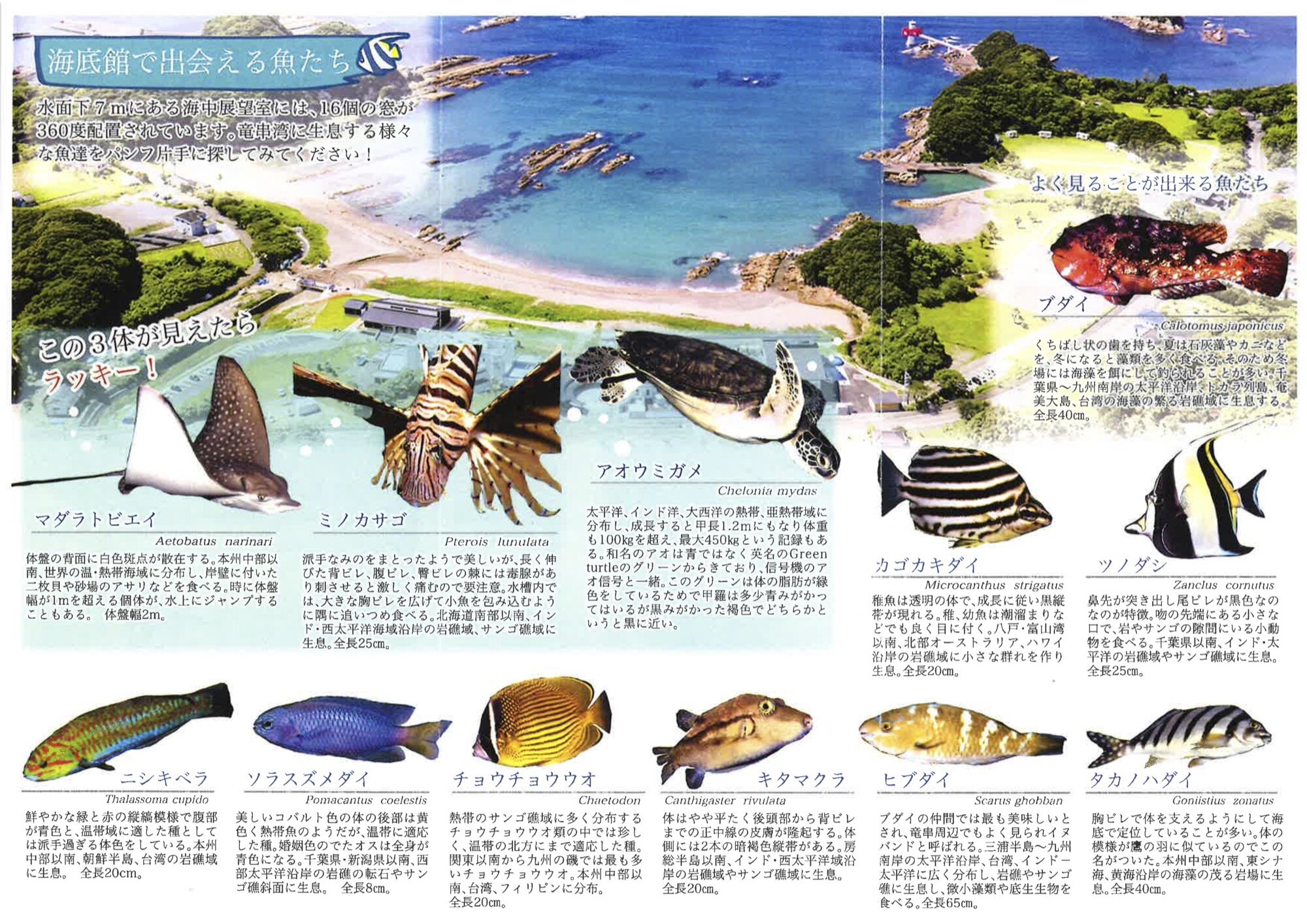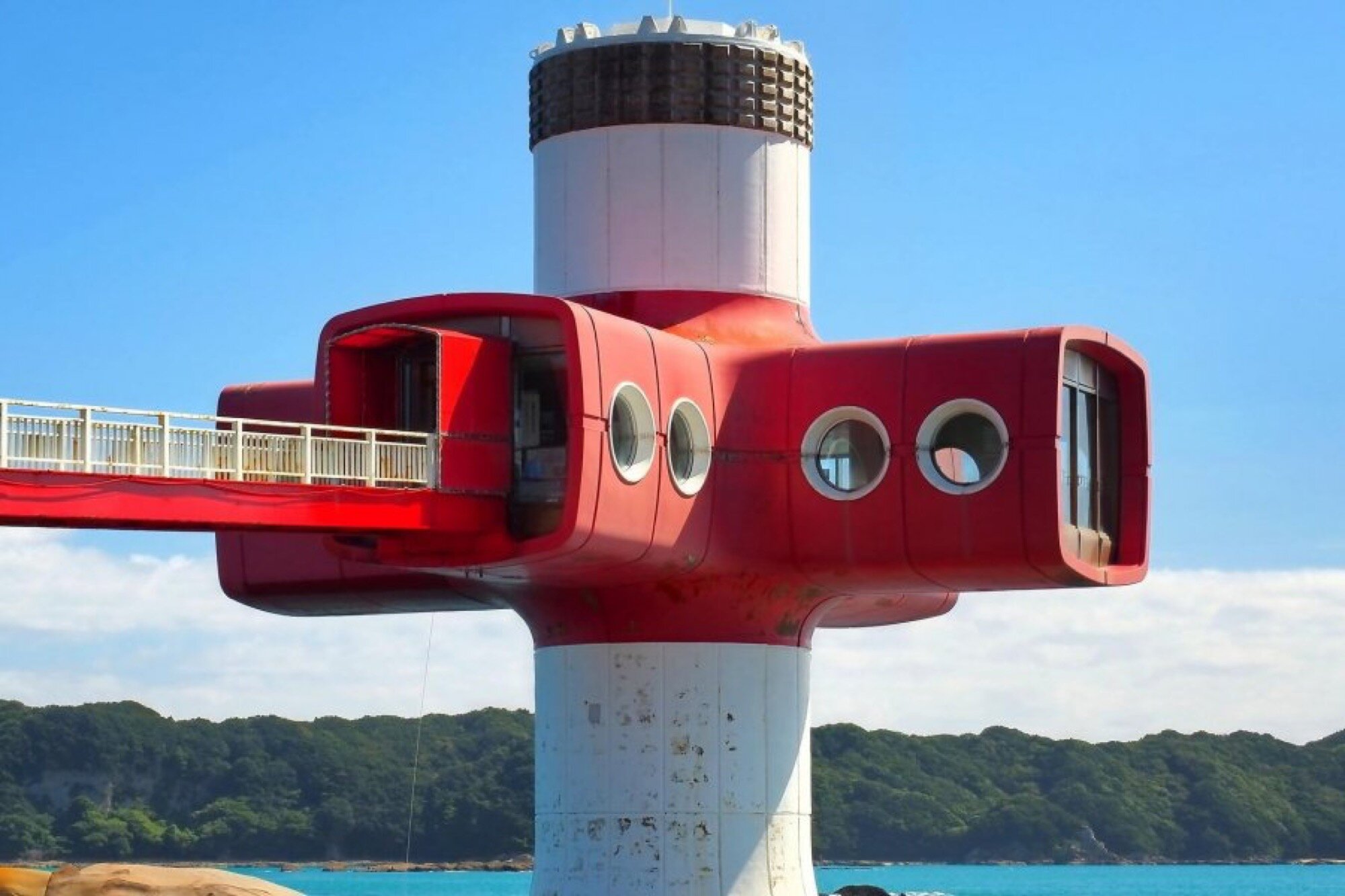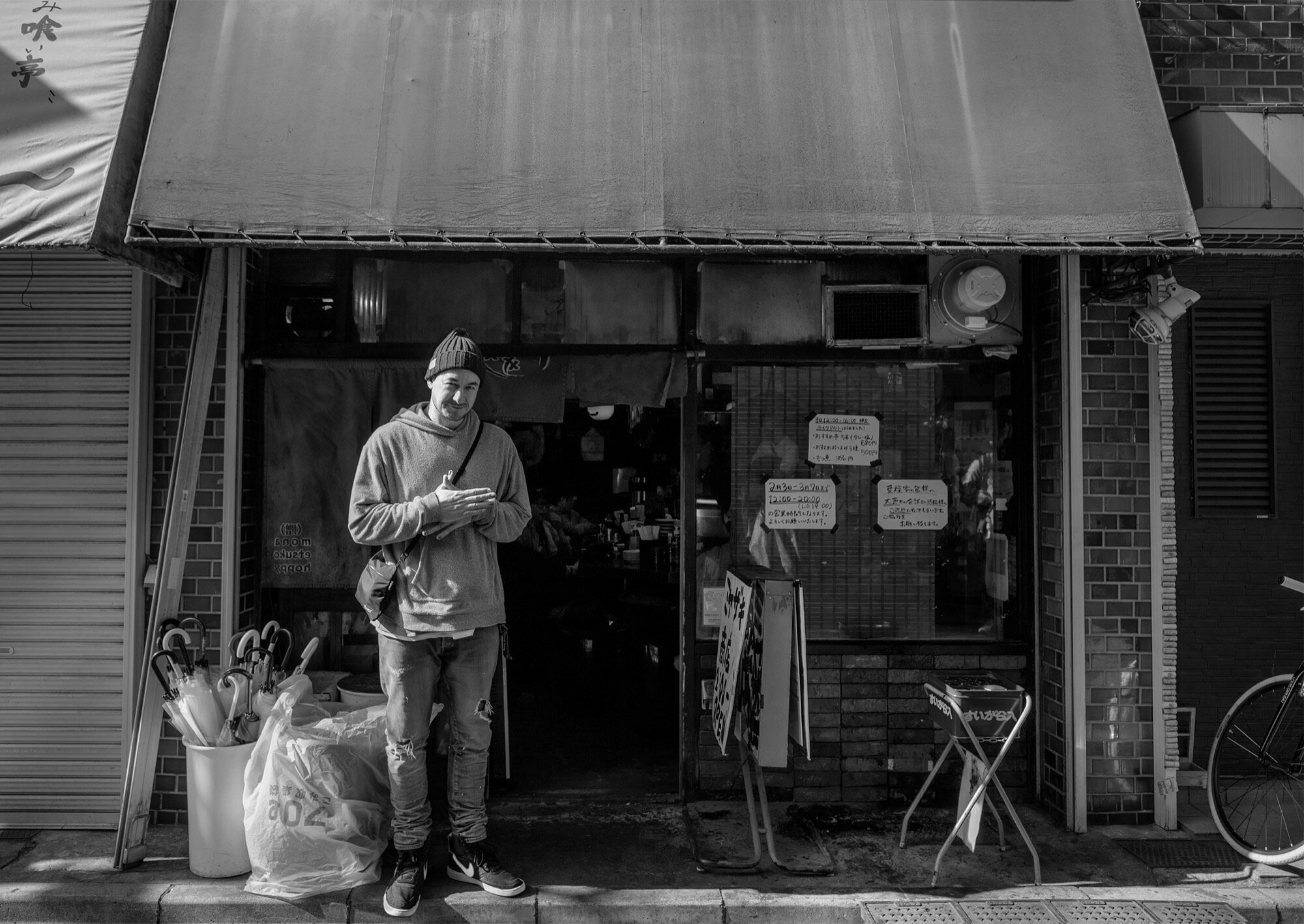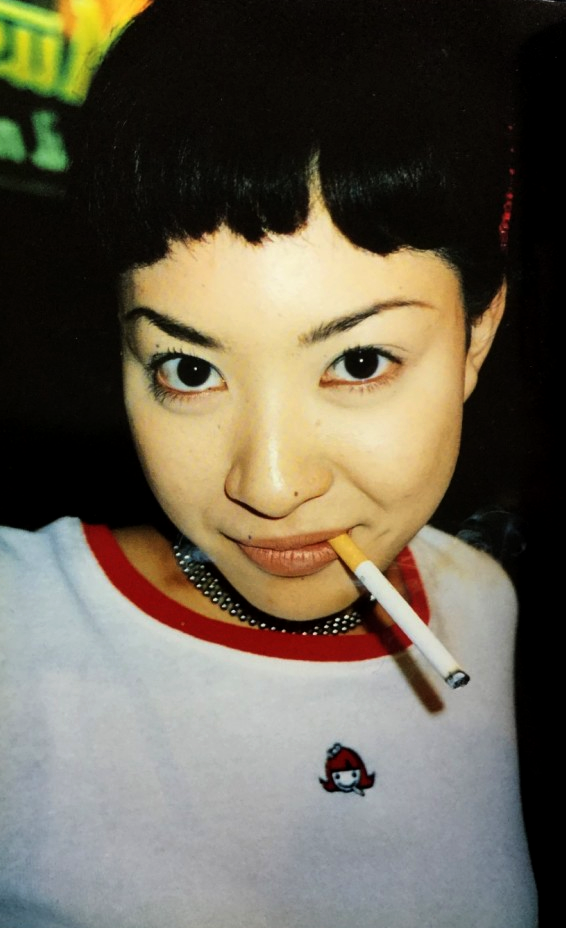SHOWA ERA MEETS METABOLISM: THE ASHIZURI UNDERWATER OBSERVATORY TOWER

Surrounded by Japan's ever-changing landscape right in the heart of the Ashizuri-Uwakai National Park, and only accessible by a small bridge arching over the waves, this underwater observation tower would make the perfect lair for a sea-loving Bond villain.
The Ashizuri Underwater Observatory Tower, located in Tatsukushi Marine Park, Kochi Prefecture, has observatories of both seascape and undersea, combining the beauty of both "worlds". Descending to the bottom of the building by its spiral staircase, visitors can get a stunning view of the natural and mostly untouched underwater.
Depending on the season, tides and weather conditions, observers can regularly spot tropical fish, colourful corals and exotic marine creatures. Similar to Japan's landscape, its underwater nature is as diverse as it gets.
Inside the building, people can hear the sound of water and echoes of the tides shaking the building, resulting in a vivacious and overawed space.
The construction of Ashizuri Underwater Observation Tower had begun based on an idea of Mr Mizobuchi, the then governor of Kochi Prefecture, who wanted to go underwater with his shoes on. Under the leading vision of Mr Yoshikatsu Tsuboi, the Observatory construction began in April 1971 and was already completed in December of the same year.
The 70ʼs were said to be the "Ocean age", and the completion of the first underwater observation towers was of great significance in introducing the "ocean" into the leisure sector and taking the global lead in pioneering the lesser-explored underwater worlds.
In that time, underwater observation towers were built one after another in various places of Japan. The Ashizuri one is the fourth oldest of the existing underwater observation towers in Japan, and it had a remarkable impact on future constructions and Japan's architecture history.
Yoshikatsu Tsuboi was an engineer with the Wakayama Prefectural Government. Later, he was appointed professor of Kyushu University to become dean of its Faculty of Architecture.
One of his most memorable creations was the Yoyogi National Stadiums built for the 1964 Tokyo Summer Olympics in collaboration with fellow Japanese Architect Kenzo Tange. Their joint venture was a statement in the design world and effortlessly showed what is possible when engineers and architects collaborate on a project.
Yoshikatsu Tsuboi" s design for the underwater aquarium is believed to be heavily influenced by Metabolism and his former collaborator Kenzo Tange, a vivid and essential part of the Metabolism movement. It is also reminiscent of the pavilions of Japan World Exposition Osaka 1970, the "Showa Future Festival" held in that time. The vivid colours that do not get lost in the scenery and the new landmark design are in keeping with the "futuristic" feel of the Osaka Expo held in the 1970s.
The Ashizuri Underwater Tower remains an outstanding and historically significant landmark of the Ashizuri-Uwakai National Park that displays Japan's iconic design pushing Showa Era even deep down in between nature and the ocean.
TEXT BY: Jon Wallner





















